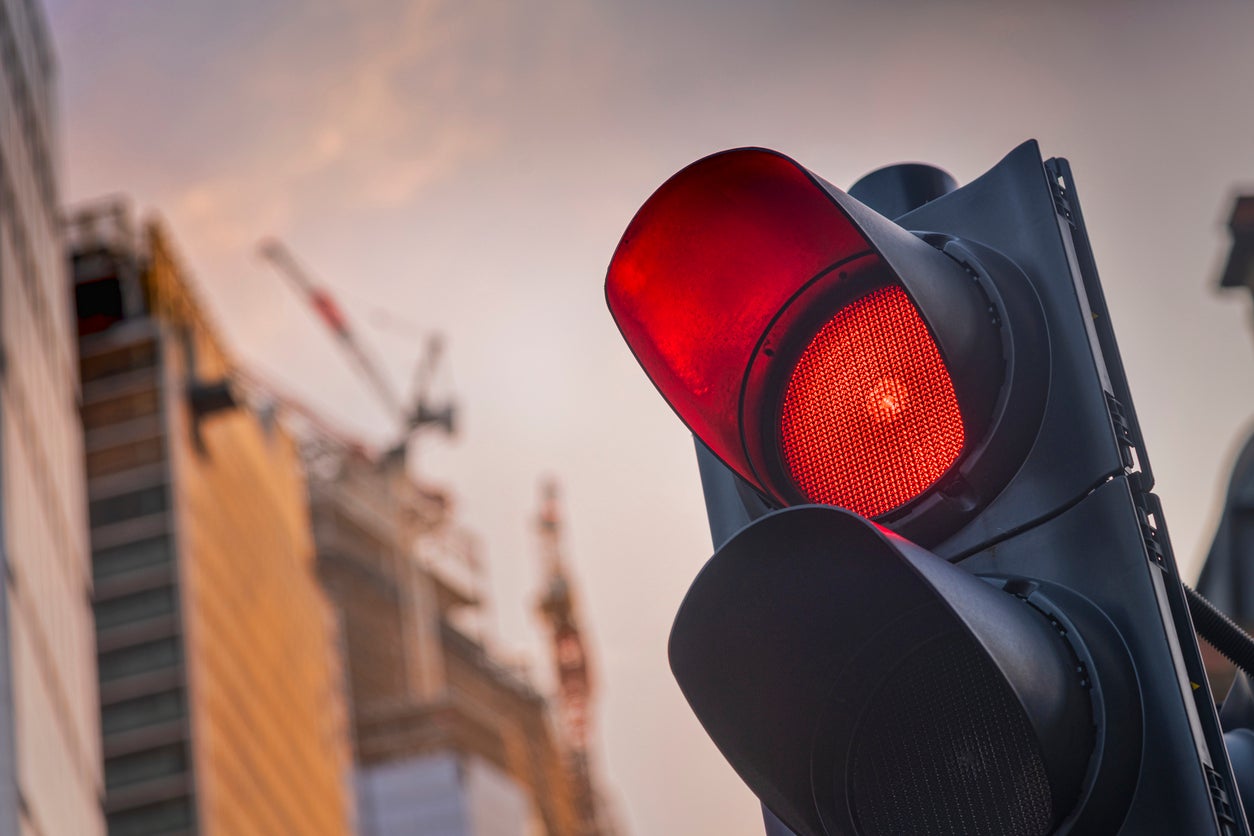Which countries are on the UK’s red list?
As of 4am on 15 December, the red list will be empty once more

From 17 May, international travel was given the official go-ahead in Britain by the Global Travel Taskforce, subject to a traffic light system.
Since then, the “red list” of highest-risk destinations has fluctuated, but it now stands at 11 destinations after the latest government shake-up, announced on 25 November and 4 December.
However, from 4am on 15 December the red list will be cleared once again, leaving it still in existence but with zero countries listed.
A brief recap: on 17 September, the Department for Transport (DfT) announced that from 4 October, the three traffic light lists would be scrapped, leaving just the red list and one other list, representing the “rest of the world” (ROW).
However, ministers emphasised that the red grading would remain, with updates continuing every three weeks - if more variants of concern are identified, countries could potentially be added again.
“We will keep the red list category in place as a precautionary measure to protect public health and are prepared to add countries and territories back if needed, as the UK’s first line of defence,” tweeted the transport secretary, Grant Shapps.
After several rounds of reducing the red list this summer and autumn, on 1 November, the final seven countries were removed from it, emptying the red list and rendering it dormant - for the moment.
However, the government went on to add 11 African countries to the list in late November and early December, following the emergence of the omicron variant.
Which countries are on the red list?
According to transport secretary Grant Shapps, red list countries are “those which should not be visited except in the most extreme of circumstances”.
As of 14 December, there are 11 countries on the red list. The first 10 were added in an announcement on 25 November, while Nigeria was added in an announcement on 4 December.
The present red list countries are:
- South Africa
- Namibia
- Botswana
- Angola
- Eswatini
- Lesotho
- Malawi
- Mozambique
- Zambia
- Zimbabwe
- Nigeria
However, from 4am on Wednesday 15 December, the red list will be emptied once again, the health secretary Sajid Javid announced on 14 December.
Again, the red list will remain in theory; reviews to the lists will continue to be undertaken every three weeks.
What determines whether a country is high risk?
As the move to use quarantine hotels is primarily in response to new variants of concern of Covid-19, it’s likely that a country will be deemed “high risk” if one of the variants of concern has been identified and is prevalent there.
As well as the UK’s own Kent variant, named B.1.1.7, other mutations have been found in South Africa (1.351), Brazil (P.1) and India (B.1.617.2). This last, known as the Delta variant, is up to 60 per cent more transmissible than the Kent mutation and is already prevalent in the UK. The Beta variant has also been identified as a concern, with France previously put into its own special “amber plus” category in response to this mutation being detected there. The country was moved back to the amber list in the following travel review.
Read more: Who pays for hotel quarantine and how long will it last?
According to the second Global Travel Taskforce report, published on 9 April, the key factors in assessing a country’s risk factor are its rate of infection, the prevalence of variants of concern and the progress of its vaccination programme. Reliability of data and genomic sequencing capability are also taken into account.

Where do high risk travellers stay and how do they get there?
A number of hotels have been contracted for the mandatory quarantine for all red list arrivals. Bath Road, which runs parallel to the runway at London Heathrow airport, has been dubbed “Isolation Row”.
Travellers are privately “escorted” to their quarantine hotel upon arrival.
Fines of up to £10,000 apply to arrivals who fails to undergo the stipulated hotel quarantine, while people who misrepresent their travel history on the passenger locator forms face up to 10 years in prison.
Travellers must finance the quarantine themselves, at a cost of £2,285 per person for those travelling alone, which includes 10 days' (11 nights') room and board. Additional people in the same hotel room pay less. The second person pays only £1,430, with further discounts for children aged five-12: £325 each. It’s free for children under five.
How long is quarantine?
The current quarantine for all red list arrivals into the UK is 10 days and 11 nights.
When is the next update to the red list?
The next announcement is expected to take place on or around 20 December.
Join our commenting forum
Join thought-provoking conversations, follow other Independent readers and see their replies
Comments
Bookmark popover
Removed from bookmarks